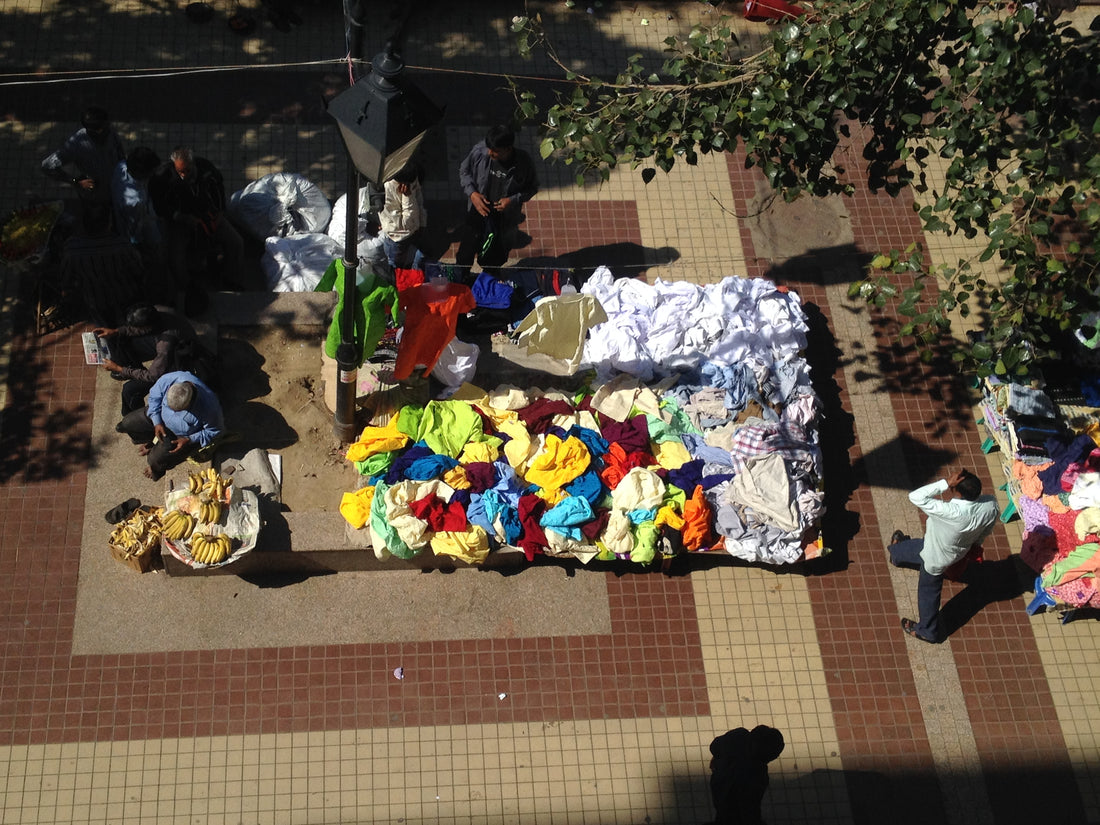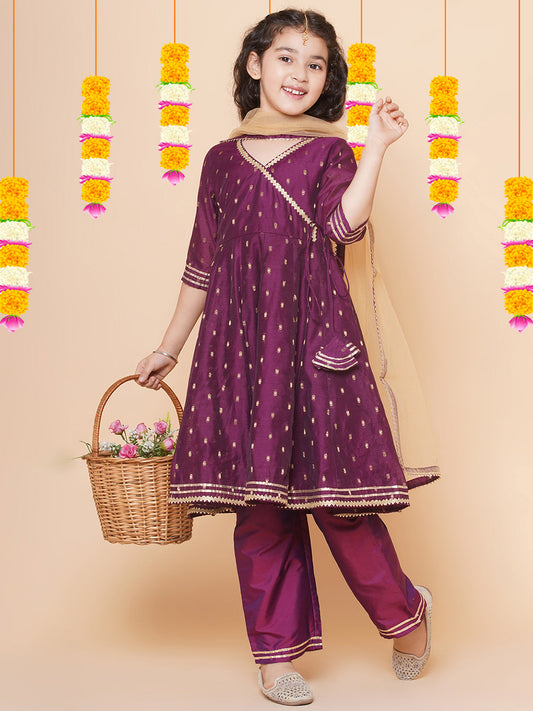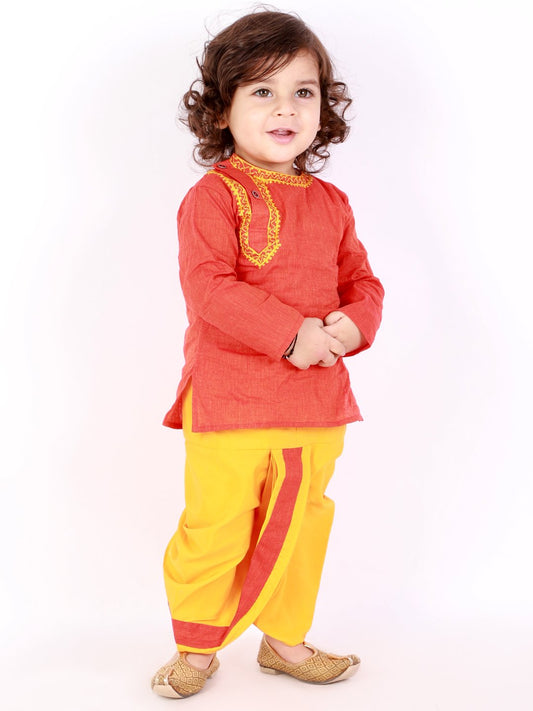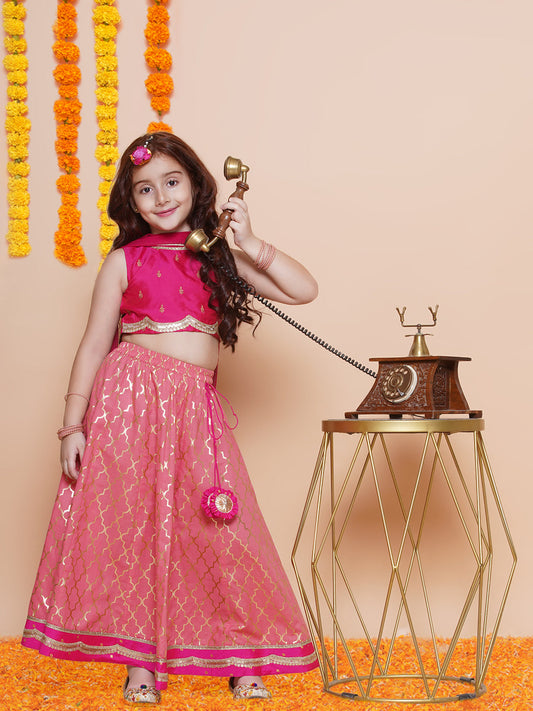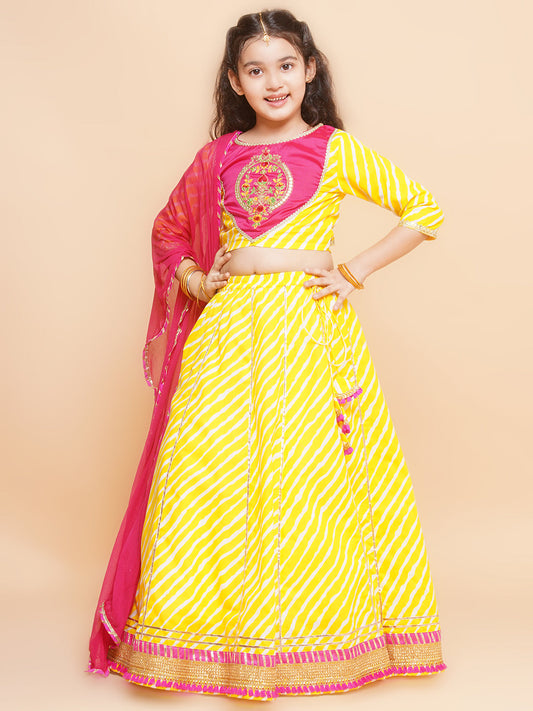Thud, thud, thud and thud! I ran down the stairs hearing my name being called out. The frills on my black and white polka dot frock bounced rhythmically to create a symphony as I ran, Infact! I HOPPED down the stairs. At age 10 I was on cloud nine, as I was wearing my most sort after and trending moccasins, black with a golden butterfly embellished on it.
I was born in the 70s, to be precise 1972, in not so bustling city then, yet a popular metropolitan Mumbai, India. BOLLYWOOD (Hindi Cinemas) were trend setting the retro fashion age, polka dots, bell bottoms, frills, cotton twill, silks, hedges, ribbons, suspenders and oversized goggles, NO not GOOGLE as our current search engine, Ha ha ha. Yes! you read it right goggles are also in our current time termed as shades or sunglasses and many also call it dark glasses, technically to google also means looking at something or someone with a wide-eyed, flabbergasted and stupidly astonished kind of a look. Phew! without making this narrative more about the language let us move our focus back to the real deal, fashion trends. I reached at the last two bottom steps and took a leap straight in the arms of my dad wearing the same polka dotted shirt which apparently felt we were scanned by a copier. I overlooked across his shoulder eagerly waiting for rest of my family to arrive. We were a huge family Mom and Dad with my five other siblings and seeing everyone in a single print of design and color theme was reflecting a sense of familial cohesion, a celebration of togetherness. This fashion trend thought to be confined to a specific economic group was a wrong notion many of us grew up with. It transcended across various demographics and globally it was embraced as a spirit of experiment and boldness, depicting unity and shared sense of style.
As we matched prints, colors or patterns we were not only trending but secretly somewhere, unuttered there was this economic ease, lucrative for families like ours. In the 70s we too updated and downloaded retro styles portrayed in our movies expressing newer trends, our era was shouting of diversity in style with psychedelic and floral motifs to geometric shapes occasionally with bold stripes. In essence, matching and coordinated family outfits indeed was a fashion trend in many parts of the world, including India. Families usually wore coordinated outfits for a special occasion or a family portrait to theme out the very message of unity and togetherness. This being so not uncommon within families coming from different socio-economical groups, that somewhere we all resonate to this trend. Sadly, enough though, this also comes out as mock on cutting costs by buying bolts after bolts of same fabric, the cheap lots, the Band Baja Baraat (Uniformed Band Crew mainly in marriages) and many negative connotations. If we truly confess many of us do not take pride in expressing this one aspect of our past and part of family stories, why?
We can debate over this for a long period of time, as an author to this thought and the article I would urge my readers to sit back and assimilate our current statuses and observe the wholesale cheap lots (our COSTCOs) what’s wrong with that? with growing inflation it’s a great solution for budgeting huge family expenses without compromising quality. Taking into consideration second example of growing trends, wherein family calendars and holiday cards or simple portrait mounted on the walls all have the same printed clothes or coordinated clothes and color theme, stating we in 1970s were most certainly Fashions Forwards! Visionary retros taking pride in our unity in the “UNIFORM” look. Belonging to the 1970s era for me my family fashion aesthetic continues to remain a nostalgia. I take pride that our era’s vibrant and eclectic style is back in our current fashion trends.
To UNITY, To Fashion , To Style , To Families
1970s salutes you!
Articulation of Thought and Article (Jan 2024)
Author: Milli Tandon
Contact: https://linktr.ee/shrishtillc

